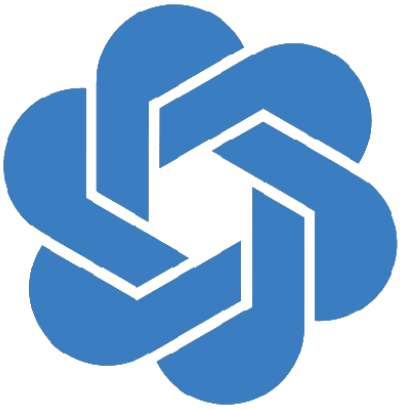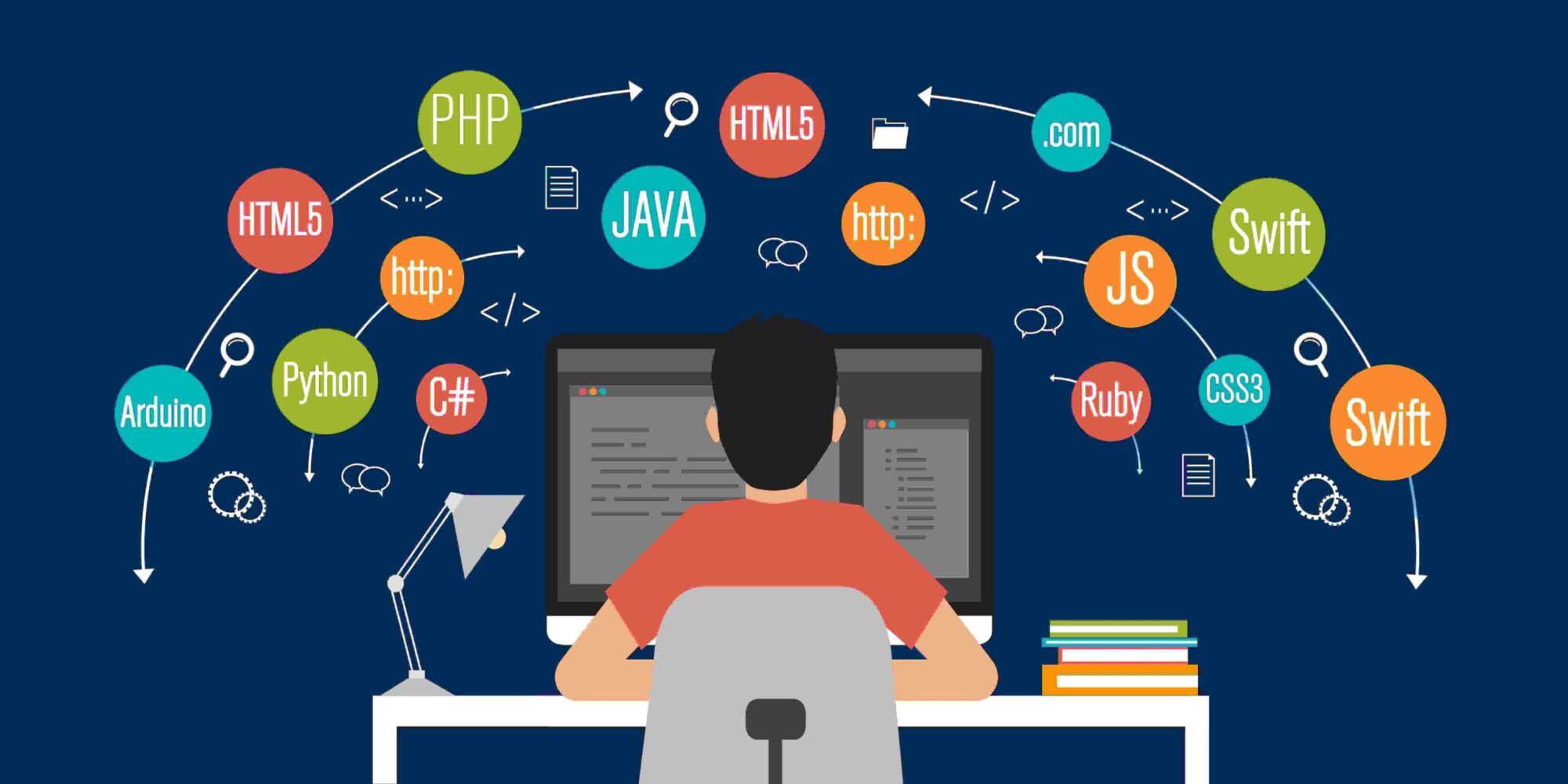In the fast-paced world of technology, Artificial Intelligence (AI) stands at the forefront of innovation, shaping countless industries and applications. From the convenience of virtual assistants to the sophistication of self-driving cars, AI has revolutionized the way we interact with technology. At the core of AI lies the ingenious combination of data, algorithms, and one crucial element – programming languages. These languages serve as the building blocks that enable developers to create intelligent systems capable of learning, reasoning, and making informed decisions.
Introduction
This comprehensive blog post aims to delve deep into the significance of programming languages in the realm of artificial intelligence answering the fundamental question: “Which language is used for artificial intelligence?”. We will explore the historical evolution of AI languages, analyzing their individual strengths and weaknesses.
Additionally, we will embark on a journey through the world of popular AI languages, unveiling their unique contributions to the field of AI. As we progress, we will uncover the prominent languages used in machine learning, deep learning, expert systems, knowledge-based AI, and natural language processing. The ultimate goal is to equip you with the knowledge necessary to choose the most appropriate “artificial intelligence language” for your specific AI project.
The Evolution of Artificial Intelligence Languages
The fascinating history of artificial intelligence languages traces back to the nascent stages of AI research in the 1950s. During this era, AI pioneers sought to develop languages that could effectively emulate human-like intelligence and problem-solving capabilities. One of the earliest AI languages to emerge was Lisp, renowned for its flexibility and its groundbreaking use of symbolic processing – a critical aspect of early AI research.
As AI evolved, new languages like Prolog, Python, R, Java, and C++ joined the ranks, each contributing to distinct aspects of AI development:
Lisp: The trailblazer in AI language development, Lisp offered a unique approach to AI with its ability to manipulate symbolic expressions. It played a pivotal role in pattern recognition and reasoning tasks, pushing the boundaries of AI research.
Prolog: A language built on logic-based programming, Prolog gained prominence in expert systems and knowledge-based AI. Its backtracking mechanism allowed for efficient problem-solving, making it an invaluable tool for complex AI tasks.
Python: Over time, Python has risen to prominence as the go-to language for AI development. Its user-friendly syntax, extensive libraries, and strong community support have propelled it to the forefront of AI languages.
R: Initially designed for statistical computing, R found its niche in AI applications related to data analysis and visualization. Its powerful data manipulation capabilities and machine learning packages cemented its position in data-centric AI projects.
Java: Renowned for its robustness and portability, Java has carved out a place in AI, particularly in large-scale enterprise projects. Though Python’s dominance has grown, Java remains relevant in specific AI use cases.
C++: Known for its performance and efficiency, C++ found favor in computationally-intensive AI applications like computer vision and robotics, where speed and optimization are paramount.
Popular Artificial Intelligence Languages Today
Python: Python has emerged as the undisputed leader in AI development. Its simple and readable syntax, combined with a vast array of AI libraries, has made it the first choice for machine learning, deep learning, and AI projects of all kinds.
R: While Python has taken the spotlight, R continues to be a significant player, especially in data-centric AI tasks. Its focus on statistical computing and its extensive set of packages attract data scientists and statisticians alike.
Java: Although not as dominant as Python in AI, Java remains relevant, especially in enterprise-level AI applications where scalability and portability are critical factors.
C++: The efficiency and performance benefits of C++ still make it a formidable contender for computationally-intensive AI projects.
Machine Learning and Deep Learning Languages
Machine learning and deep learning have become cornerstones of AI development, enabling systems to learn from data and make predictions. The following languages have become indispensable in this domain:
TensorFlow: Developed by Google, TensorFlow is an open-source machine learning framework that has revolutionized the way we build and train neural networks. Its support for both CPU and GPU acceleration enables faster computations and facilitates large-scale deep learning models.
PyTorch: PyTorch has gained immense popularity, especially in research-oriented AI projects. Its dynamic computation graph allows developers to work with complex models and dynamic inputs seamlessly. Moreover, its user-friendly interface attracts developers looking for more intuitive solutions.
scikit-learn: Although not a standalone language, scikit-learn, a machine learning library for Python, plays a crucial role in the AI landscape. It offers a simple yet powerful ecosystem for various machine learning algorithms.
Expert Systems and Knowledge-Based Artificial Intelligence Languages
Expert systems and knowledge-based AI focus on reasoning and knowledge representation. The following languages are well-suited for these types of AI projects:
Prolog: Prolog’s logic-based approach and backtracking mechanism make it an ideal choice for developing expert systems and handling knowledge representation tasks.
CLIPS: CLIPS (C Language Integrated Production System) is a rule-based language used for building expert systems and knowledge-based applications. Its support for both forward chaining and backward chaining enhances its capabilities in reasoning tasks.
Natural Language Processing (NLP) Languages
NLP is an integral part of AI, enabling machines to understand, interpret, and generate human language. The following languages are often utilized in NLP tasks:
Python (NLTK): Python reigns supreme in NLP tasks, thanks to libraries like the Natural Language Toolkit (NLTK) that provide a rich set of tools and resources for text processing and analysis.
Java (Stanford NLP): Java’s Stanford NLP library is a robust option for NLP tasks, offering comprehensive support for part-of-speech tagging, named entity recognition, and sentiment analysis.
Choosing the Right Artificial Intelligence Language for Your Project
Selecting the most suitable “artificial intelligence language” for a project involves careful consideration of several factors:
Project Requirements: Evaluate the specific requirements of your AI project, considering the type of AI task, complexity of data, and computational demands. This analysis will help you narrow down the language options that align with your project goals.
Developer Proficiency: Consider the expertise of your development team. Choosing a language familiar to your team will facilitate faster development and troubleshooting, enhancing project efficiency.
Community and Support: Ensure that the chosen language has an active and supportive community. A thriving community provides ample resources, libraries, and documentation, ensuring your project’s success.
Integration and Scalability: Evaluate how well the language integrates with your existing tech stack and its potential for scalability to accommodate future expansion and improvements.
Performance Considerations: Depending on the nature of AI tasks, performance may be a critical factor. Assess the computational efficiency of the language and its ability to handle large datasets or complex models.
Taking Everything Into Account
In conclusion, with a comprehensive understanding of AI languages and their applications, developers are better equipped to embark on their AI journey and select the ideal “artificial intelligence language” for their project. Python’s dominance in machine learning and deep learning, R’s statistical prowess, and Prolog’s expertise in expert systems highlight the diverse roles that languages play in AI. Additionally, Java and C++ continue to find relevance in specific AI applications, where their performance and portability benefits are invaluable.
As AI continues to evolve, programming languages will adapt and improve, making AI development more accessible and powerful for developers worldwide. Ultimately, the choice of which programming language used for artificial intelligence will depend on the specific requirements and goals of each AI project.
Frequently Asked Question
Q: Is C# a suitable programming language for Artificial Intelligence projects?
A: While C# has not been extensively mentioned in the blog, it can be used for AI development. C# has gained some traction in AI with libraries like ML.NET, which enables machine learning in .NET applications. However, compared to Python, R, Java, and Prolog, C# or C Sharp might not have the same level of popularity and robust ecosystem for AI development.
Q: What are some other notable machine learning frameworks apart from TensorFlow and PyTorch?
A: In addition to TensorFlow and PyTorch, there are other popular machine learning frameworks such as Scikit-learn (for Python), Keras (which can run on top of TensorFlow or other backends), and MXNet. Each framework has its strengths and specific use cases, so it’s essential to explore and choose the one that best fits your project requirements.
Q: Are there any AI languages specifically designed for robotics and IoT applications?
A: Yes, there are AI languages and frameworks that cater to robotics and IoT applications. For example, Robot Operating System (ROS) is a popular framework for building robotic applications, and it supports multiple programming languages like C++, Python, and Java. Additionally, PDDL (Planning Domain Definition Language) is used for specifying robotic tasks and planning. IoT applications often utilize languages like C, C++, and Python for their efficiency and ease of integration with various devices and sensors.
Q: Can I use multiple programming languages within the same AI project?
A: Yes, it is possible to use multiple programming languages within an AI project. For instance, you could use Python for data preprocessing and machine learning, C++ for computationally-intensive tasks, and Prolog for building an expert system to reason over knowledge bases. However, combining multiple languages can introduce complexities in terms of integration and communication between different components.
Q: Are there AI languages specialized in natural language processing other than Python and Java?
A: Yes, aside from Python and Java, there are other languages and frameworks used for natural language processing. For instance, NLTK and spaCy are Python libraries specifically tailored for NLP tasks. On the other hand, GATE (General Architecture for Text Engineering) is a Java-based framework that provides advanced NLP capabilities. Additionally, there are niche languages like Julia and Haskell, which have libraries and tools for NLP tasks.
Q: What are the best resources to learn AI programming languages?
A: There is a plethora of resources available online to learn AI programming languages. Websites like W3Schools, Coursera, Udacity, and edX offer comprehensive AI and machine learning courses taught by experts. Additionally, there are numerous tutorials, documentation, and community forums dedicated to each language, such as the Python documentation, TensorFlow’s official website, and RStudio’s learning materials. Participating in AI conferences and workshops can also be beneficial for gaining practical knowledge and networking with AI enthusiasts and professionals.

